Can you name these popular foods from their EXTREME close-ups?
How many foods can you guess?
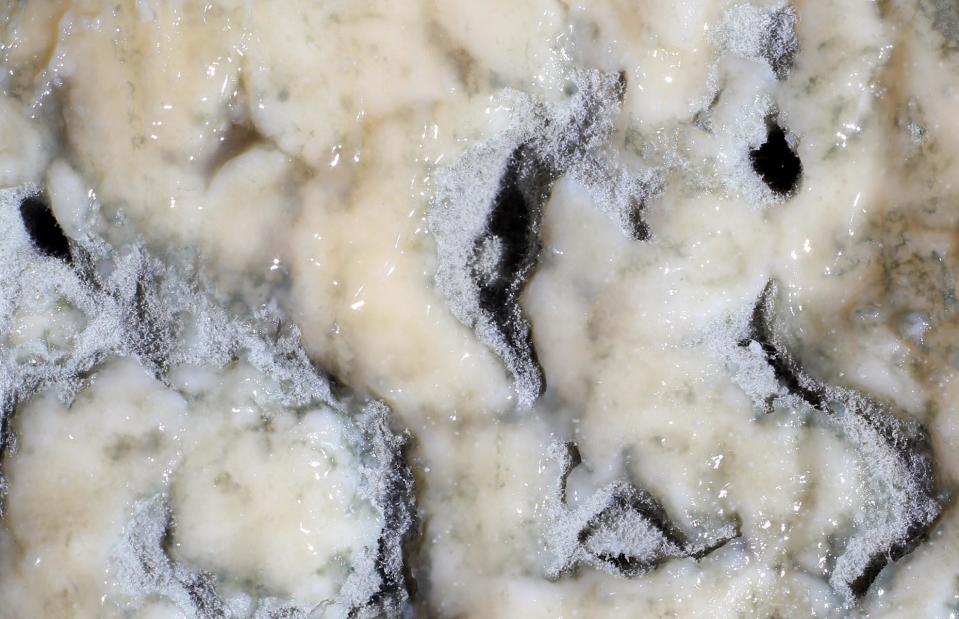
Paul Cowan/Shutterstock
We're guessing you know your food pretty well – and would have no trouble naming most types of fruit, vegetables and other everyday produce from their photographs. But what if we were to zoom right in and change the perspective? Take our quiz and find out how many of these foods you can guess from their extreme close-ups – and marvel at the incredible macro photography, too.
Read on to see how many zoomed-in foods you can recognise. Some are trickier than you might think...
This is a close-up of…
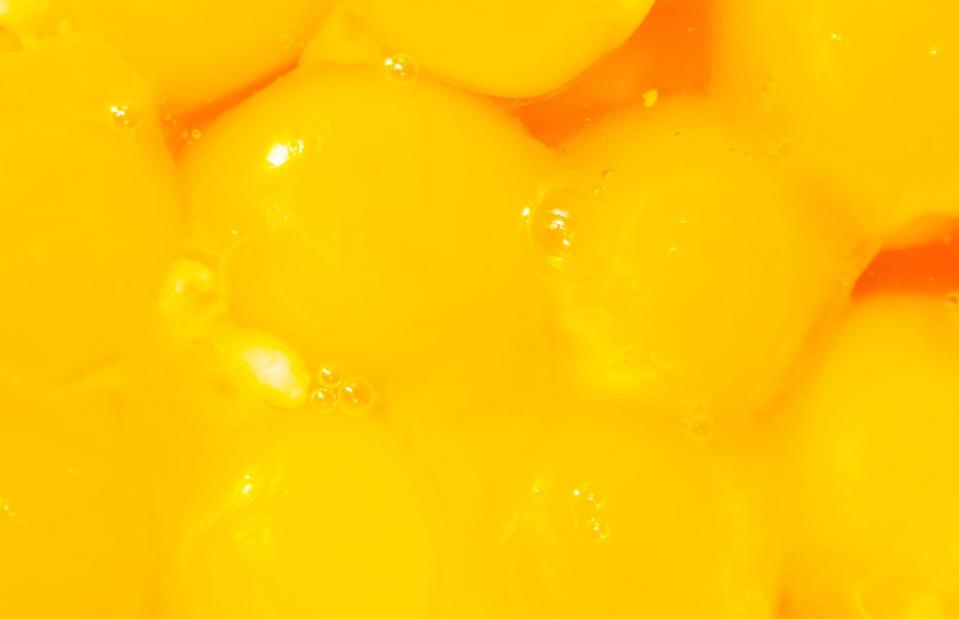
ZHMURCHAK/Shutterstock
This zoomed-in image shows something brightly coloured and glossy. It’s a very common ingredient that most of us will have in our kitchen right now. Could it be a fruit or some kind of juice?
Egg yolk
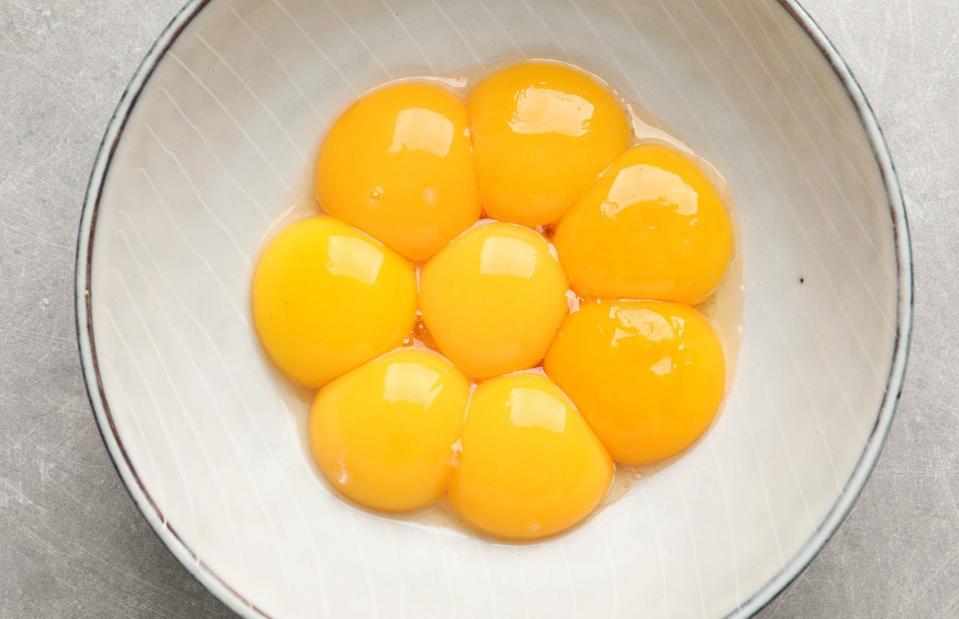
New Africa/Shutterstock
Of course, it’s the vibrant yellow hue of egg yolk. Amazingly, humans and our ancestors have been eating eggs for around six million years, and scientists believe people living in Egypt and China were the first to actually keep hens. Wonderful scrambled, fried, poached and baked, eggs are an essential ingredient in all kinds of recipes, from silky sauces to gooey cakes and meringues.
This is a close-up of…
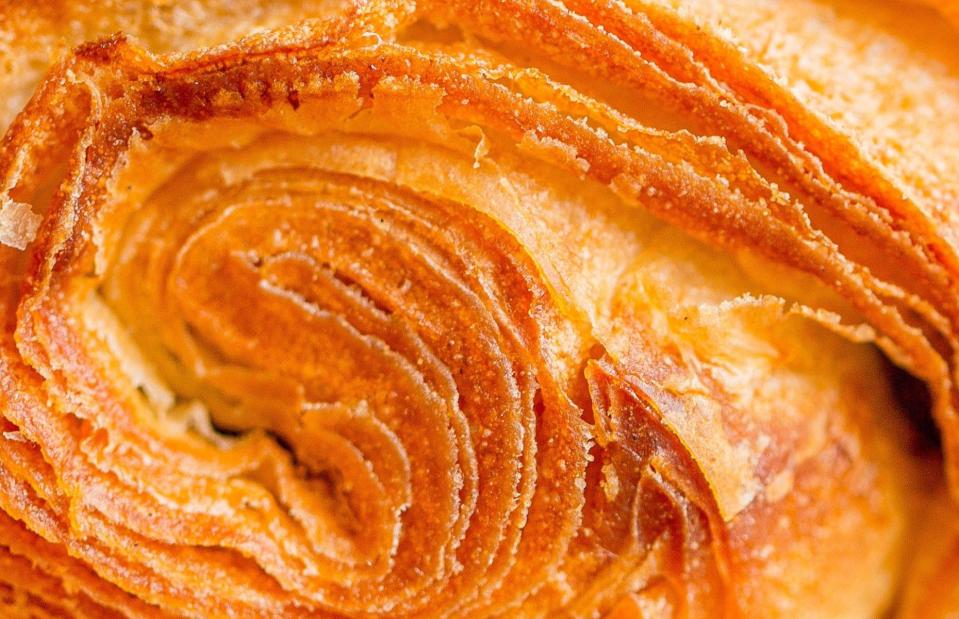
Vlada Tikhonova/Shutterstock
This is a breakfast treat that's buttery and flaky, with a very specific shape. They’re pretty complicated to make at home so most people tend to buy them. But, from the image, can you guess whether it’s sweet or savoury?
Croissant

MaraZe/Shutterstock
This crescent-shaped French favourite is pure indulgence, commonly served smothered in butter and jam, or with cheese and ham for a savoury option. Croissants are made with yeast-leavened laminated dough that’s layered with butter, then rolled and folded several times to achieve that irresistible flaky texture. The process is pretty advanced, which is why most people will buy theirs from a baker or supermarket.
This is a close-up of…
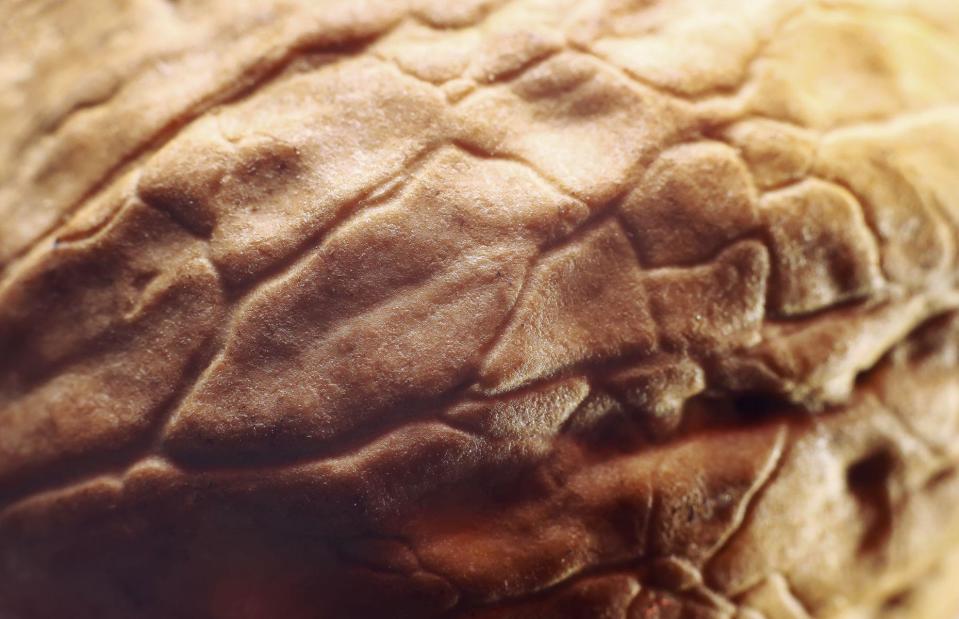
Krasula/Shutterstock
This crunchy, slightly bitter-tasting ingredient hides inside a tough, ridged shell, and looks a bit like a brain. It’s packed with goodness and is most commonly sold dried, though it can be pickled when young.
Walnut
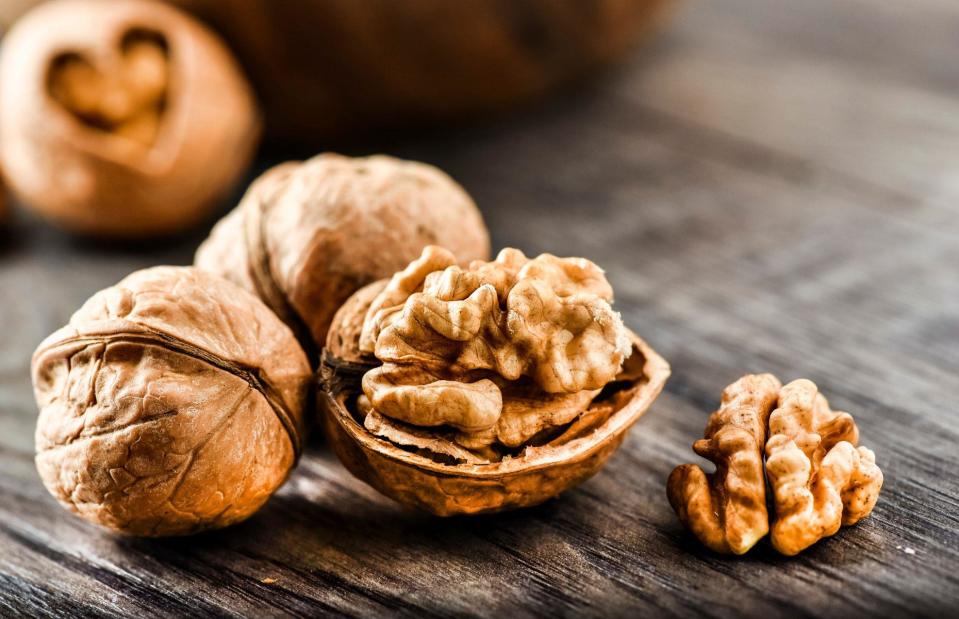
Alzay/Shutterstock
One of the most popular nuts for cooking and snacking, walnuts are a pint-sized package of goodness, high in nutrients like protein, Omega-3 fatty acids and antioxidants. They’re delicious in salads (like the classic Waldorf, with apple, celery and raisins) and their creamy texture makes them ideal for desserts and baking, especially in cookies, brownies and cakes.
This is a close-up of…
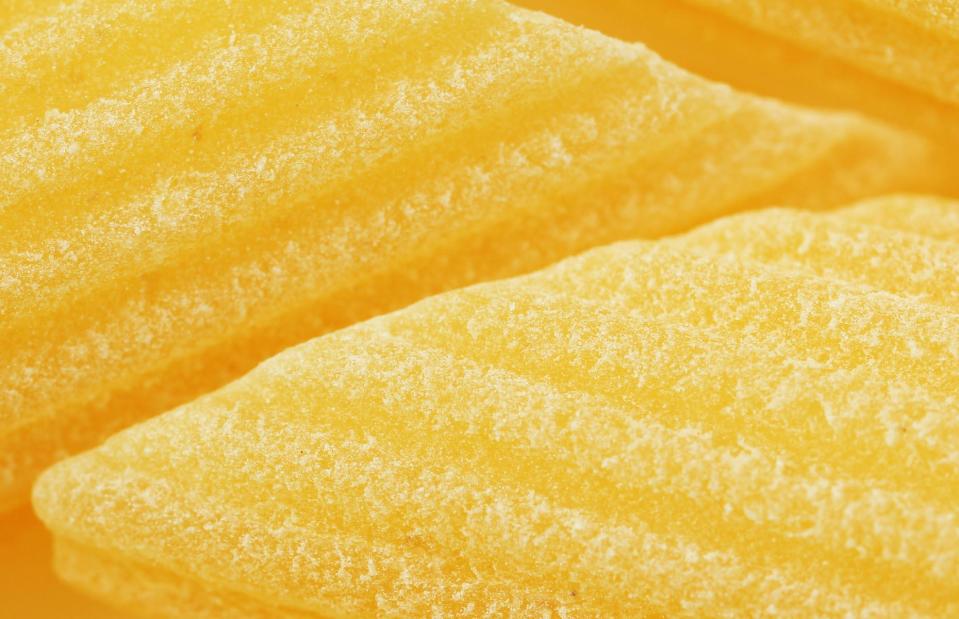
Africa Studio/Shutterstock
Made from flour and egg, this crowd-pleasing carbohydrate is much-loved across the world, but particularly in Italy. It can take many shapes and forms, and works with all kinds of delicious sauces.
Pasta
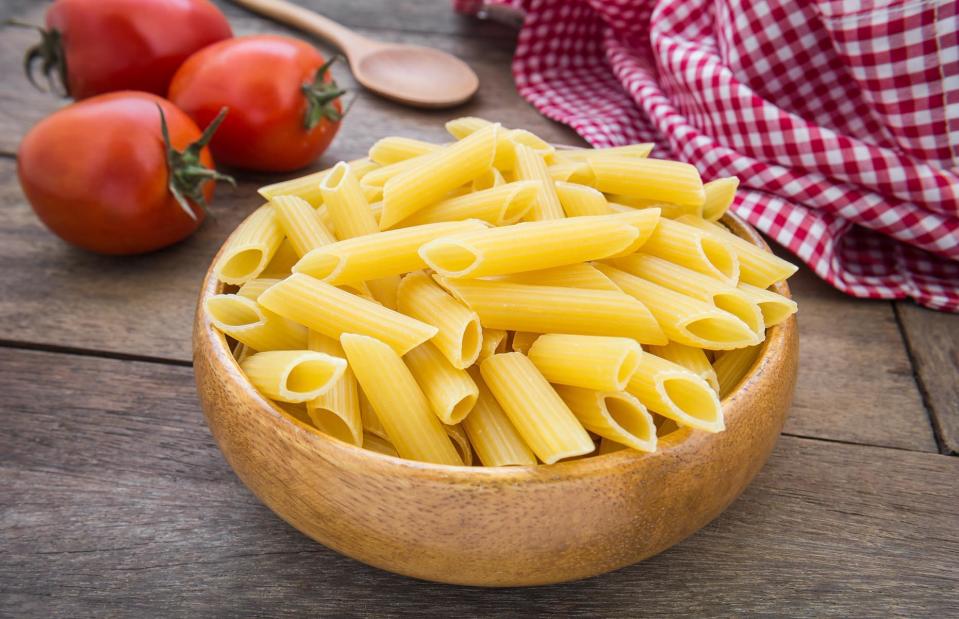
Amarita/Shutterstock
It is, of course, pasta. This pasta shape – penne – is one of the most commonly available and is a store cupboard essential in lots of households. You might be surprised to hear that there are more than 350 different pasta shapes and each is meant to be paired with a specific sauce.
This is a close-up of…
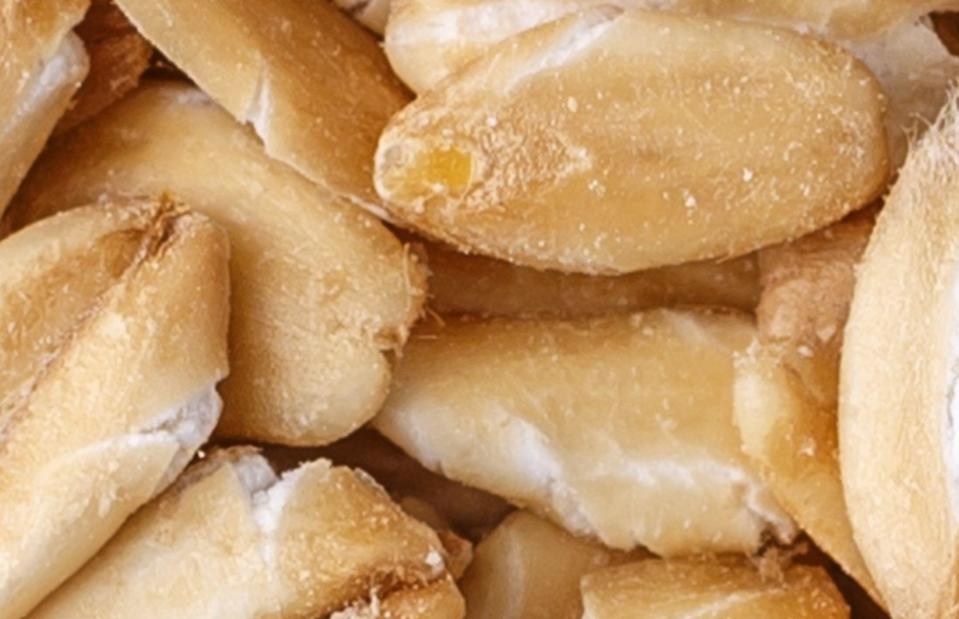
Tamakhin Mykhailo/Shutterstock
These crispy brown shards could be all kinds of foods. Perhaps they're nuts, or even some kind of deep-fried treat.
Oats
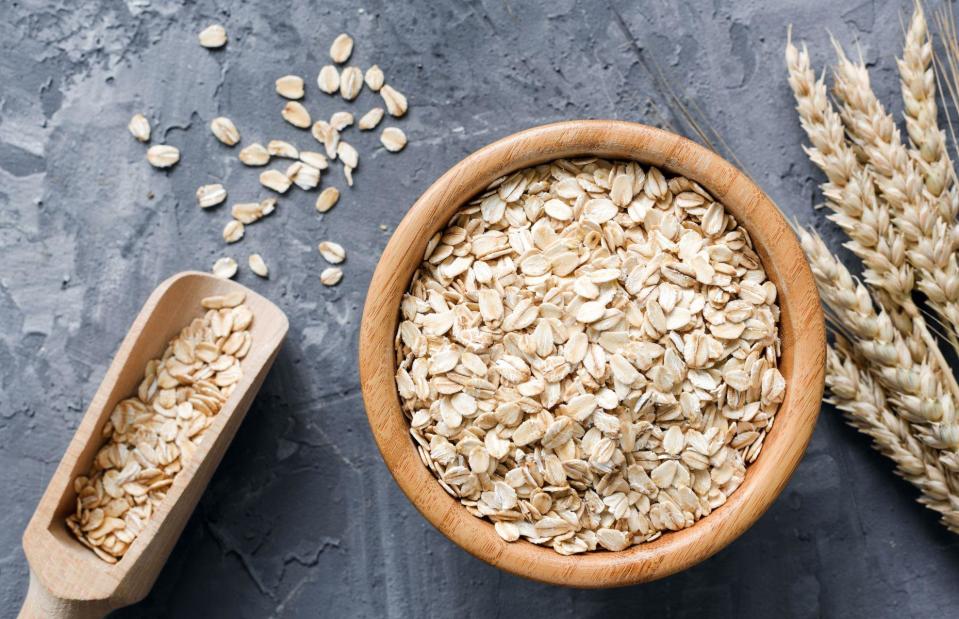
Vladislav Noseek/Shutterstock
This naturally gluten-free grain is the breakfast of choice for millions around the world, popular because porridge releases energy slowly through the day. Oats are also brilliant for adding texture and flavour to lots of other dishes, from granola bars and flapjacks to fruity crumbles and smoothies. The two main varieties are rolled and steel-cut – both have roughly the same nutritional content but steel-cut oats are considered tastier by some.
This is a close-up of…
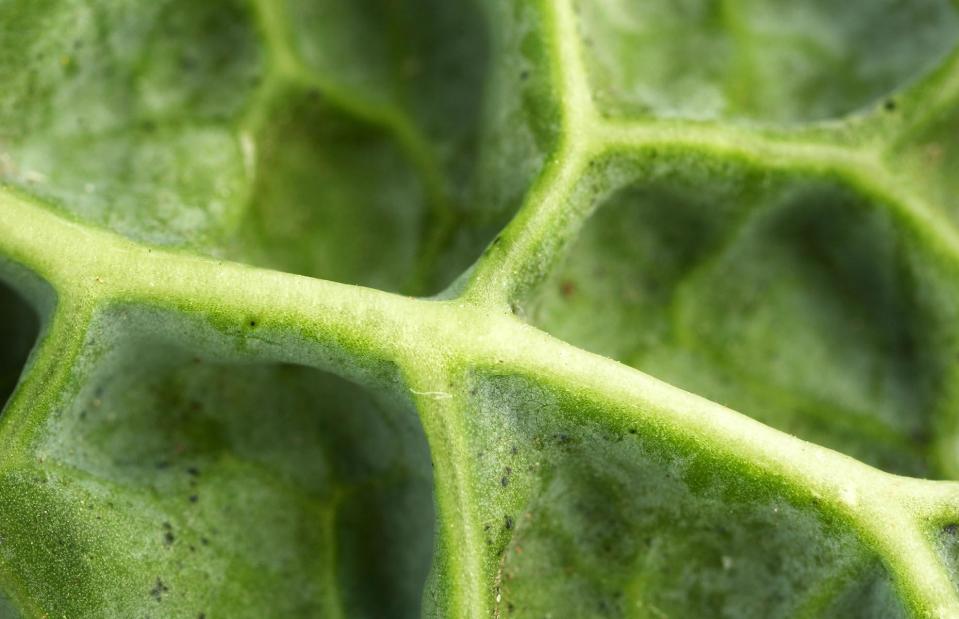
Africa Studio/Shutterstock
A type of brassica, this hardy green vegetable is a winter staple and commonly used in soups and stews, or sautéed as a side. Its beautiful crinkle-cut leaves give it a particularly distinctive look.
Savoy cabbage

GreenArt/Shutterstock
In season throughout winter, Savoy cabbage can be used in a variety of filling and warming dishes. Quite different in appearance and texture to white or red cabbages, Savoy cabbage has a much mellower flavour, too. As its name suggests, it's thought to have originated from the Savoy region in France.
This is a close-up of…
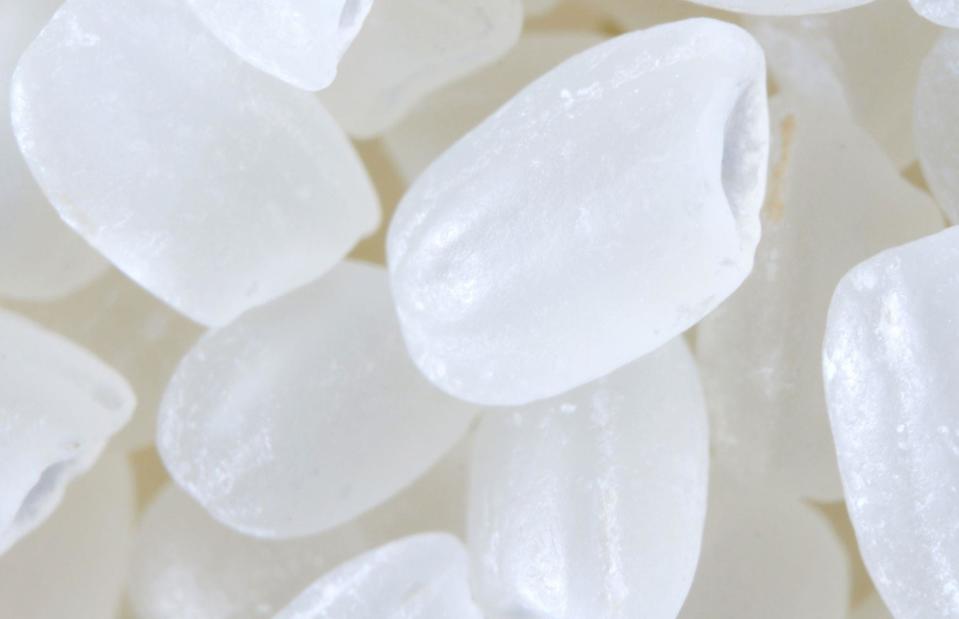
Endorphin_SK/Shutterstock
This zoomed-in image of a popular store cupboard ingredient looks quite mysterious, like pebbles, crystals or shards of ice, but most of us will probably cook with it at least once a week – and it's a staple food around the world.
Rice

Nipol Plobmuang/Shutterstock
Amazingly, there are almost 50,000 different varieties of rice and it's one of the most widely grown grains on the planet, with China and India accounting for around 50% of the world's consumption. This image shows short-grain Japanese rice – also known as sushi rice – which is cultivated to have a higher starch content than other types, to make a sturdy base for sushi.
This is a close-up of…
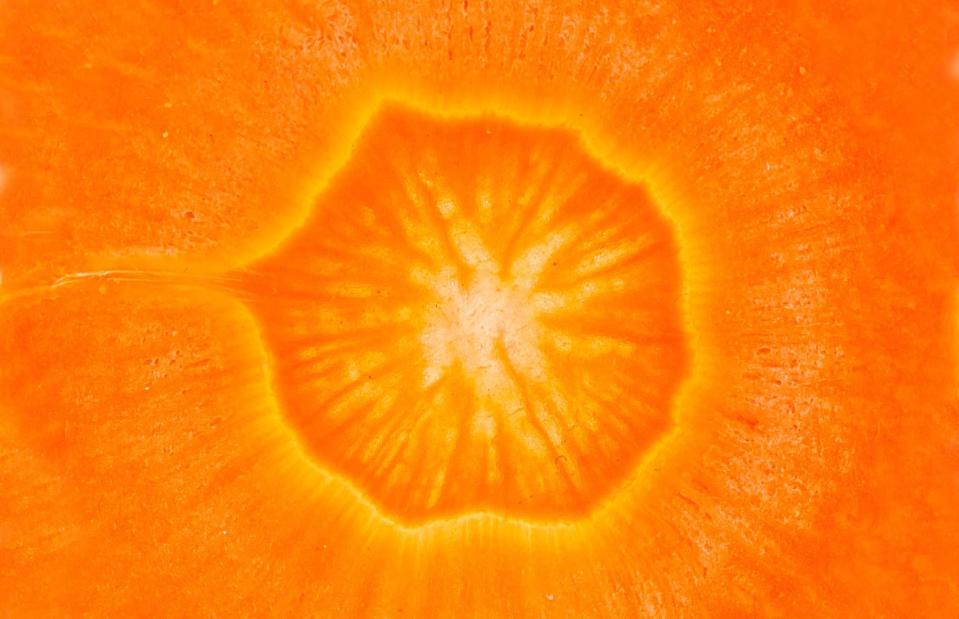
borzywoj/Shutterstock
This macro image shows a slice of a popular root vegetable with a very distinctive colour. It's used around the world and is delicious boiled, roasted, pickled or raw. It's also the favourite food of many cartoon rabbits...
Carrot
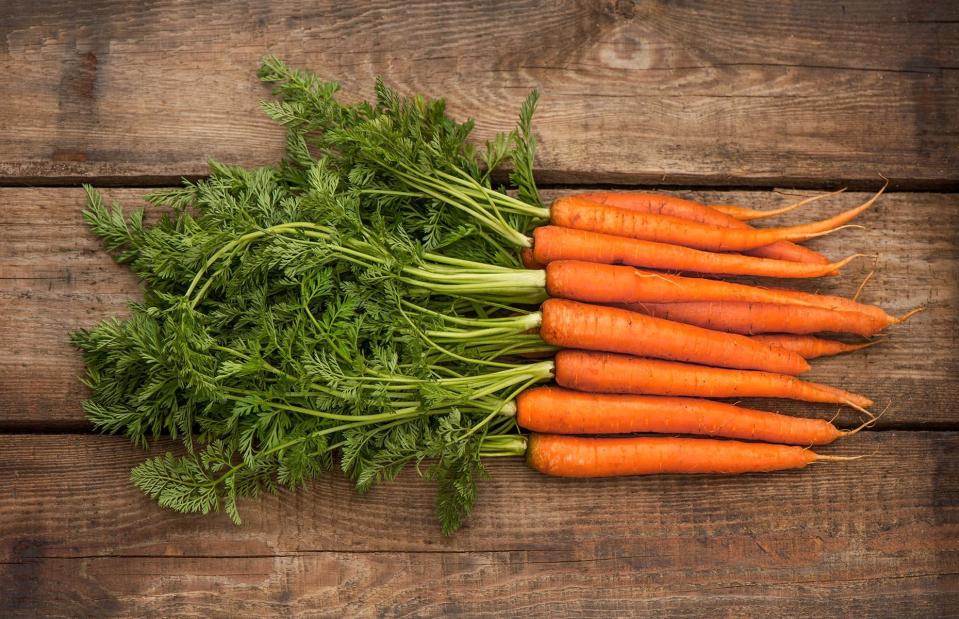
LiliGraphie/Shutterstock
Tasty, crunchy and highly nutritious, carrots can be used in both sweet and savoury recipes. Usually orange in colour, this versatile vegetable has also been cultivated in purple, yellow, red and even black colours. Curiously, carrots were all purple up to the Middle Ages. In the 16th century, farmers in the Netherlands created the orange variety as a patriotic tribute to the king, William I of Orange.
This is a close-up of…
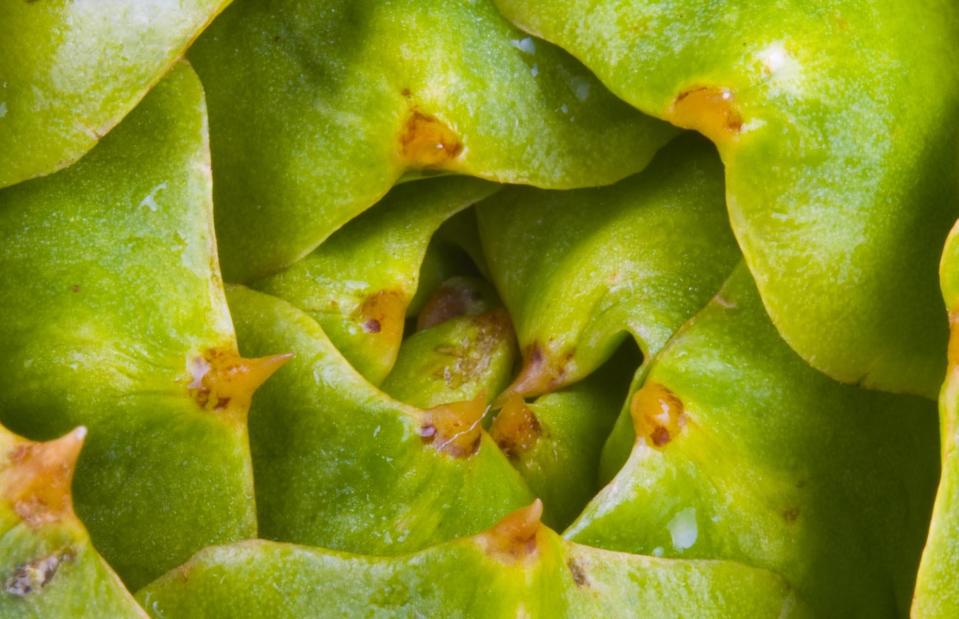
Dolce Vita/Shutterstock
This distinctive vegetable is actually related to the thistle. Its leaves and the bottom part, called the heart, are edible. It may be delicious but it's also famously tricky to prepare.
Artichoke
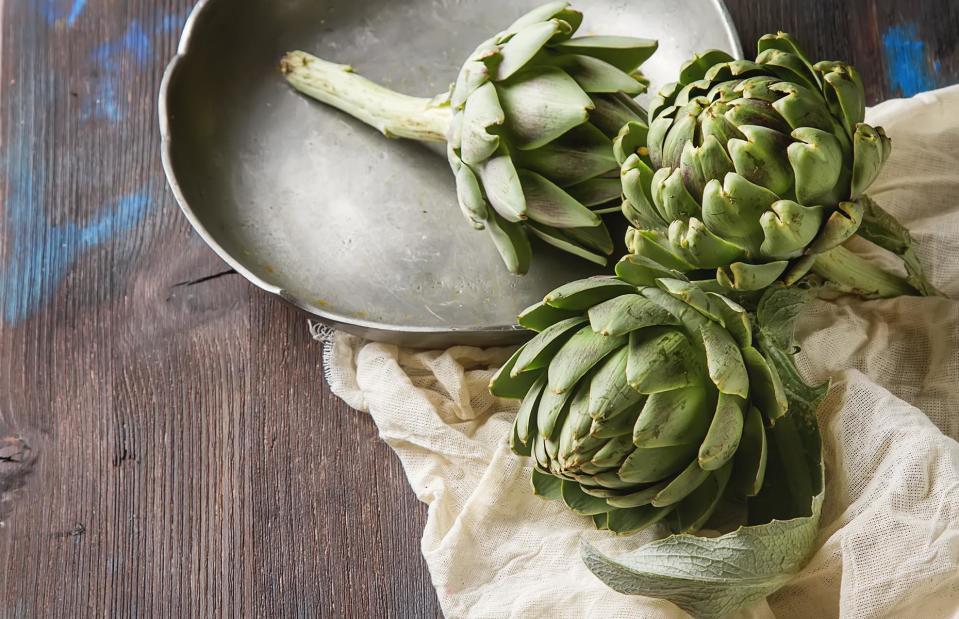
Gaus Alex/Shutterstock
Artichokes can seem like an intimidating vegetable to cook with, but persevere and you'll be able to use it in a variety of dishes. They're also often referred to as globe artichoke – though the real globe artichoke isn’t actually an artichoke at all, but rather a species of sunflower (also known as sunchoke).
This is a close-up of…
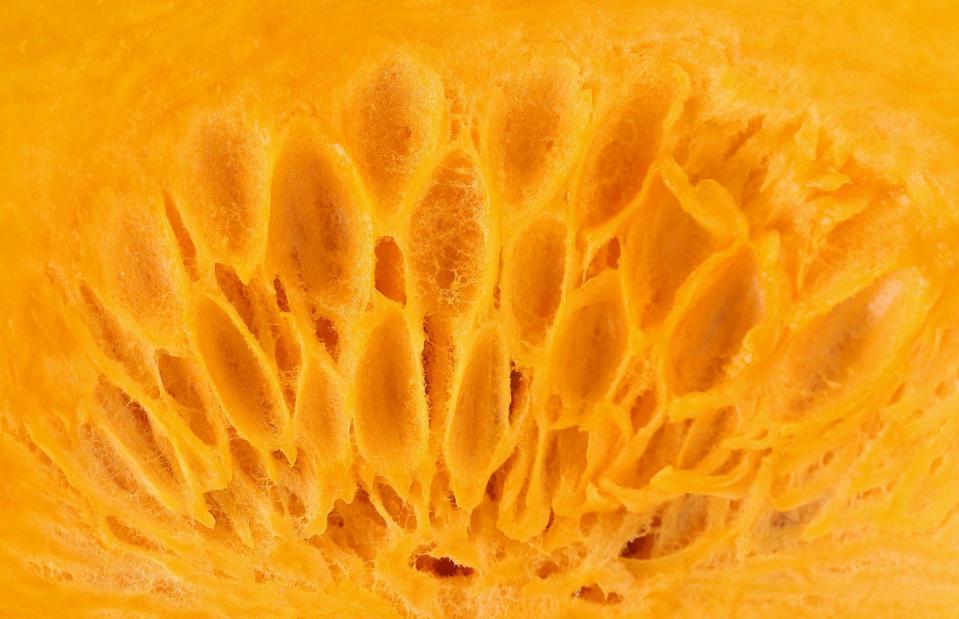
indigolotos/Shutterstock
With its tough, ridged, orange skin and honey-sweet, earthy flesh, this vibrant root vegetable is synonymous with autumn cooking and comes in many amazing shapes and sizes. It's also used as decoration to celebrate a certain spooky holiday.
Pumpkin
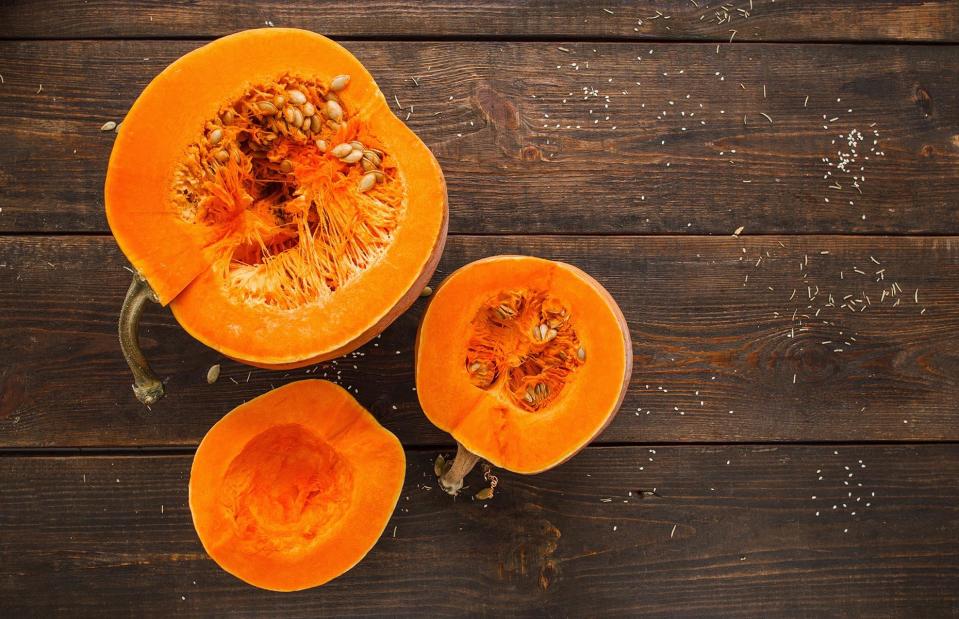
golubovystock/Shutterstock
A type of a winter squash, pumpkin is loved equally for its mellow, sweet flavour and its excellent use as a jack o'lantern for Halloween. Its soft flesh is delicious cubed or mashed in sweet and savoury dishes, while roasting brings out a slightly nutty flavour.
This is a close-up of…

shutterdandan/Shutterstock
This rich and flavourful protein is extremely versatile, popping up in almost every type of global cuisine, from Japan to Sweden. It can be grilled, poached, roasted or fried, and is delicious raw, too.
Salmon
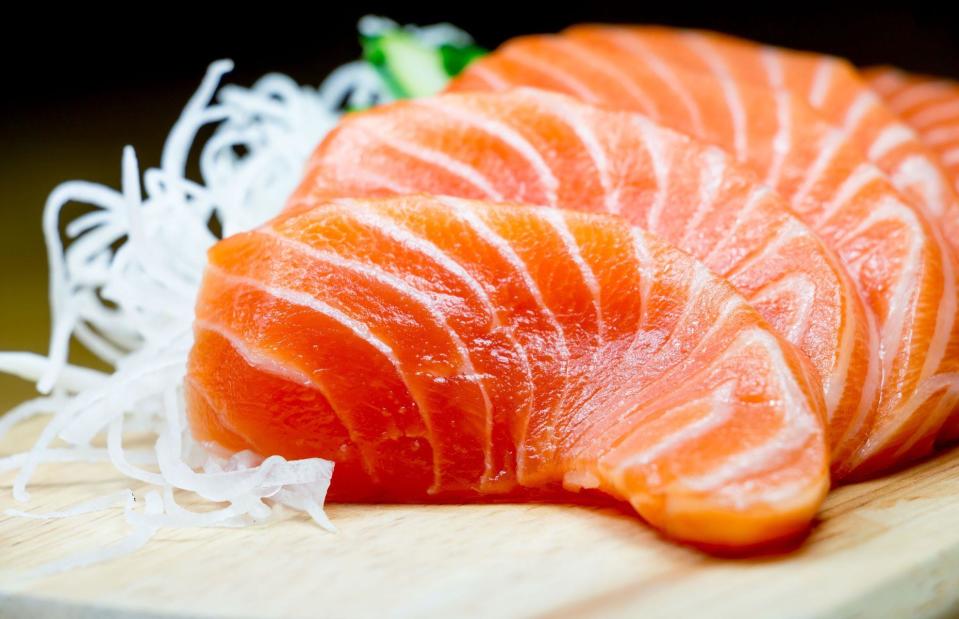
Still AB/Shutterstock
Of course, it's the glossy, pink-orange flesh of raw salmon. Packed with Omega-3 goodness, this delicious and nourishing oily fish is one of the world’s most consumed, due to its delicate flavour and wide availability. There are several wild varieties available across the world, from Chinook to sockeye, but farmed Atlantic salmon is generally the most common.
This is a close-up of…
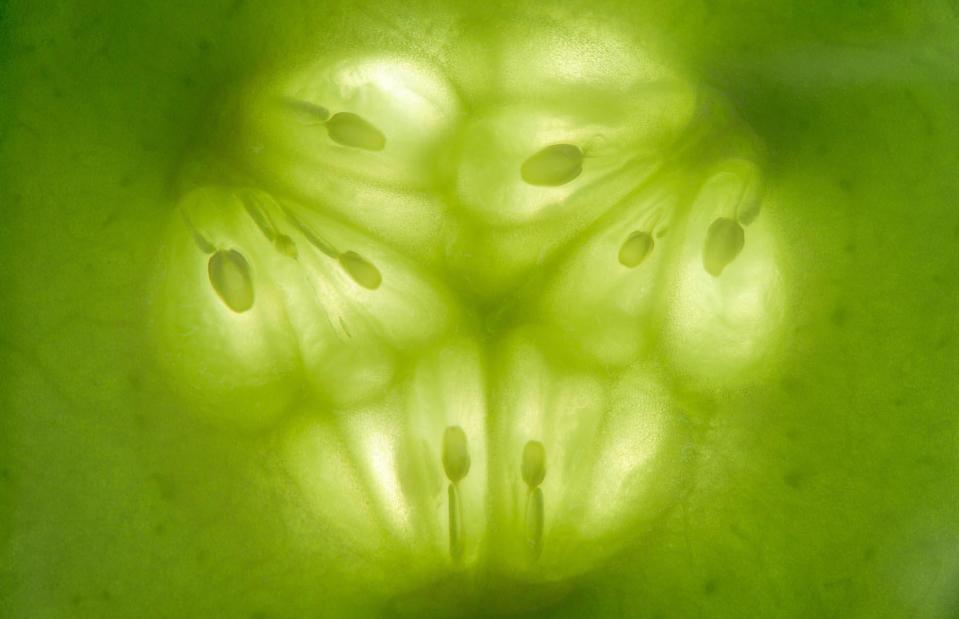
Imageman/Shutterstock
Known for its high water content and fresh, mild flavour, this popular summer vegetable is often used in salads, and is actually the fruit of a creeping vine.
Cucumber
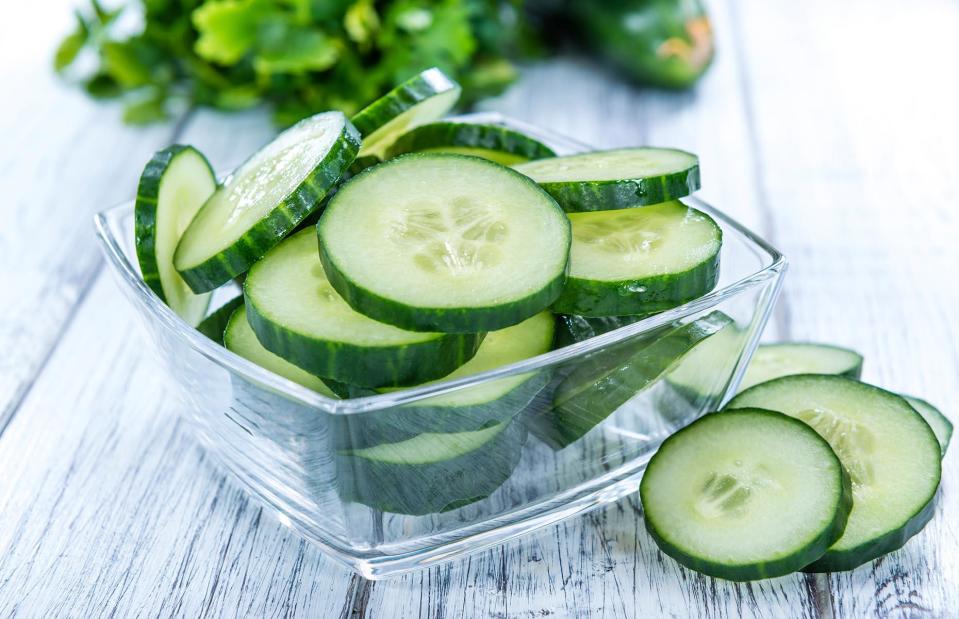
HandmadePictures/Shutterstock
Perfectly crunchy and incredibly refreshing, cucumbers are loved around the world and can be eaten fresh (often in salads) or pickled using vinegar or brine. You might have heard that cucumbers consist mostly of water, and it's true. Various sources claim that as much as 95% of a cucumber can be water, but the exact figure is unknown.
This is a close-up of…
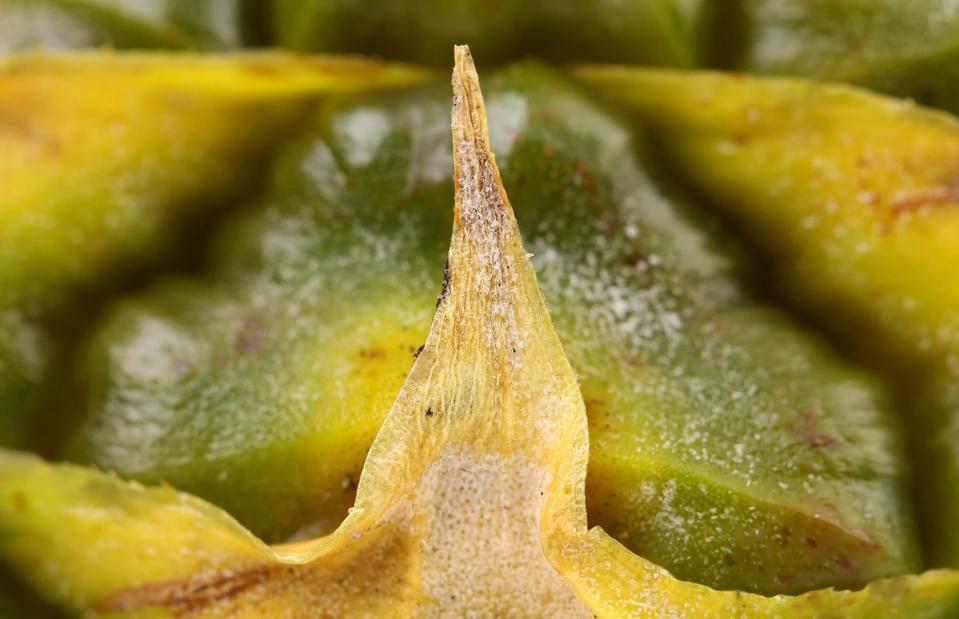
indigolotos/Shutterstock
With its tufts of spiky leaves and golden flesh, this tropical fruit is unmistakable. Indigenous to South America, it’s also a rather controversial pizza topping.
Pineapple
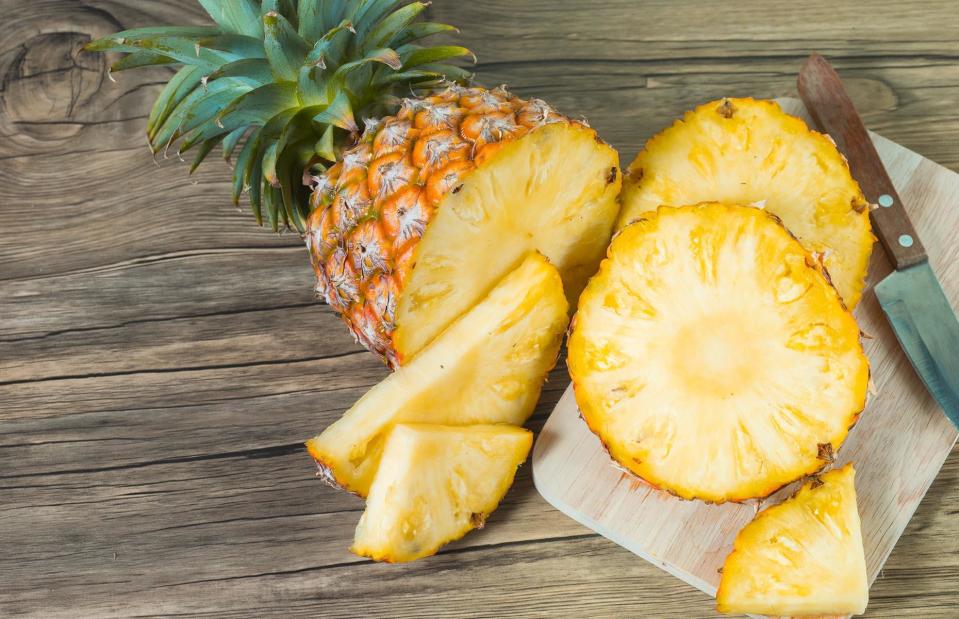
love_studio/Shutterstock
Sweet and slightly sharp, pineapple is a delicious fruit used in many desserts and its juice is popular, too. Back in the 17th century, when Europeans first discovered pineapple, it became a symbol of status and luxury. London's high society was so obsessed with pineapple that architect Sir Christopher Wren wanted to top the central dome of St Paul's Cathedral with a huge statue of the fruit. Instead, each of its two north towers is crowned with a small, gilded pineapple.
This is a close-up of…
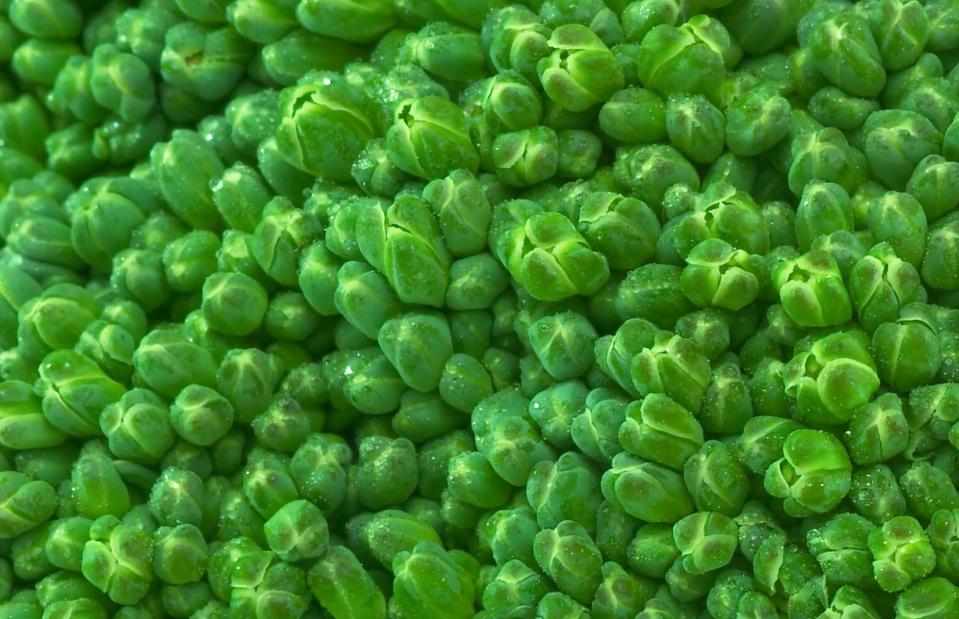
Shapiso/Shutterstock
Showing something reminiscent of tiny buds, this zoomed-in photograph depicts part of a green vegetable that belongs to the cabbage family. It's often cited as one of the world's healthiest vegetables.
Broccoli
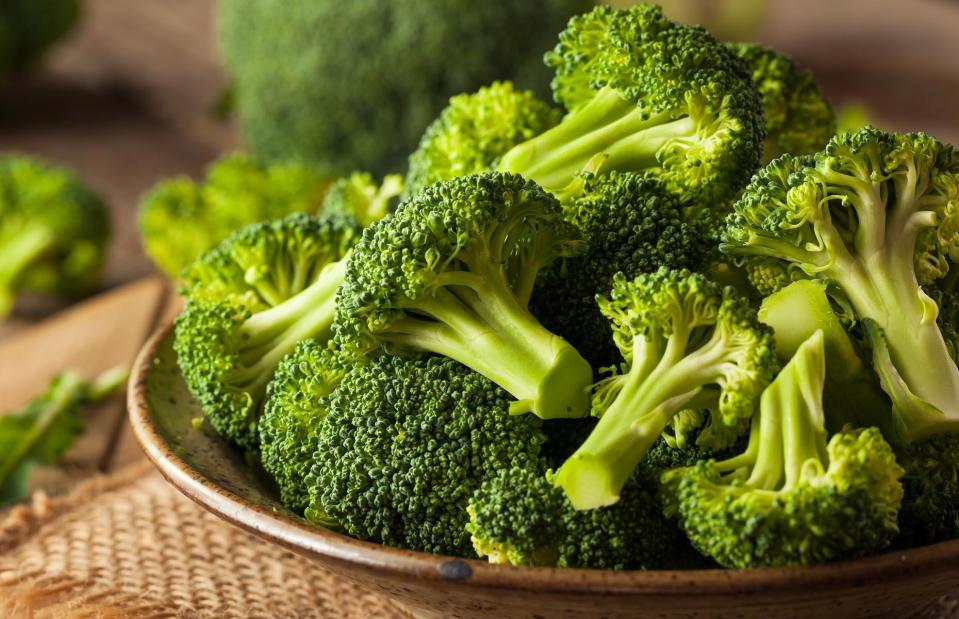
Brent Hofacker/Shutterstock
Broccoli has been grown in Italy since the times of the Roman Empire and wasn't introduced to the rest of the continent until the 16th century. Today, the US is the largest producer of the green florets, with the majority grown in California. A versatile vegetable, broccoli is especially high in fibre and has more protein than most vegetables, meaning it will fill you up fast.
This is a close-up of…
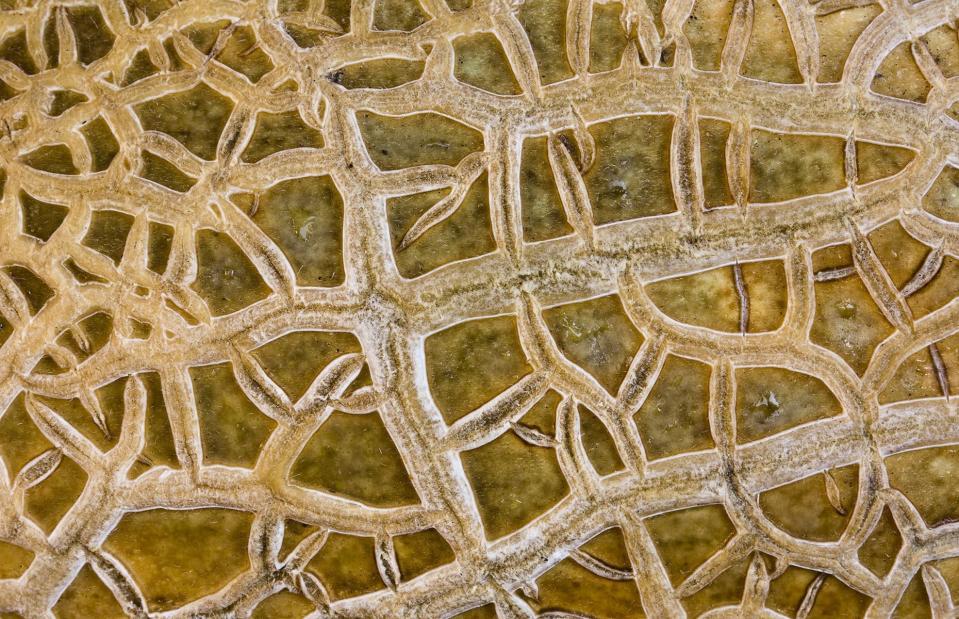
Mario7/Shutterstock
In botanical terms, this sweet and juicy fruit is classed as a type of a berry, but it couldn’t look less like raspberry or strawberry. Can you guess what this is the skin of?
Melon

Krisda/Shutterstock
This particular melon is a cantaloupe – one of the most widely available in the world. There are countless melon varieties available, from popular watermelon and honeydew to the incredibly expensive densuke watermelon, which is grown in Japan with an unusual glossy black rind and nearly seedless flesh that’s extremely sweet.
This is a close-up of…

Yuri Gurevich/Shutterstock
One of the world’s most popular stone fruits, this juicy treat is known for its delicious, fragrant flesh and velvety, furry skin. It's also the official fruit of a Southern state in the USA.
Peach

beton studio/Shutterstock
Peaches herald warmer weather and are loved for their beautiful, honey-sweet taste. Some of the world's best are said to be grown in the US state of Georgia, where they're sold from roadside stands and at markets in summer. There's even a Georgia Peach Festival, held each June in Byron and Fort Valley, with prizes for the best fruit and the biggest peach cobbler.
This is a close-up of…

Lubava/Shutterstock
These are the seeds of a versatile vegetable that is available in all kinds of different shapes, sizes and colours. It can sometimes be hot, but this is the inside of a sweet variety. Can you guess what it is?
Yellow pepper
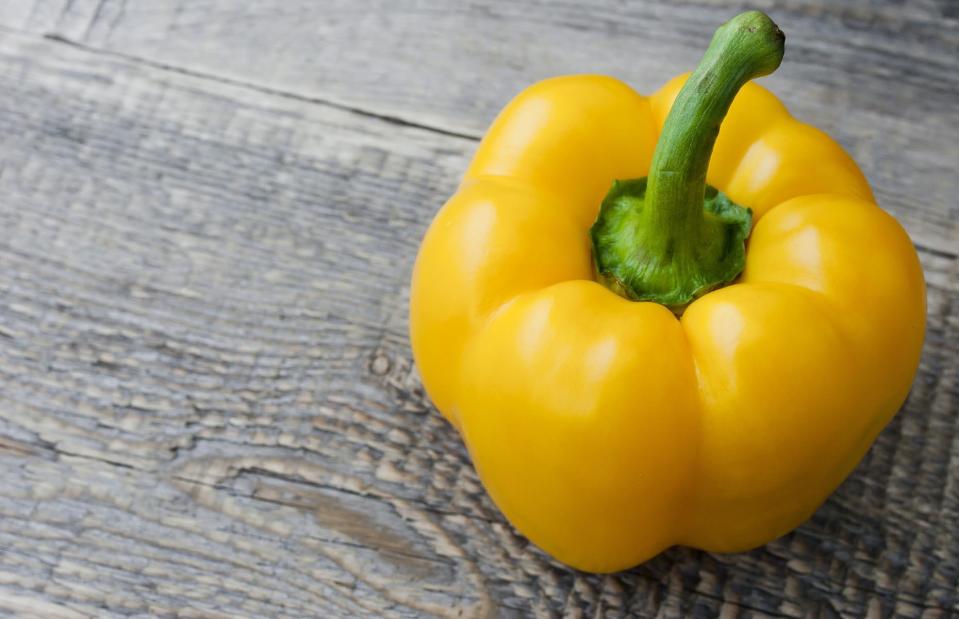
Karpenkov Denis/Shutterstock
Also known as bell peppers, capsicums or sweet peppers, these are non-hot members of the pepper family. They're available in a variety of colours that also affect their flavour. Green peppers are unripe red peppers and are more acidic, while red peppers have subtle sweet notes. Yellow and orange peppers are separate varieties, rather than stages of ripeness, and were specially bred to be sweet and crispy.
This is a close-up of…
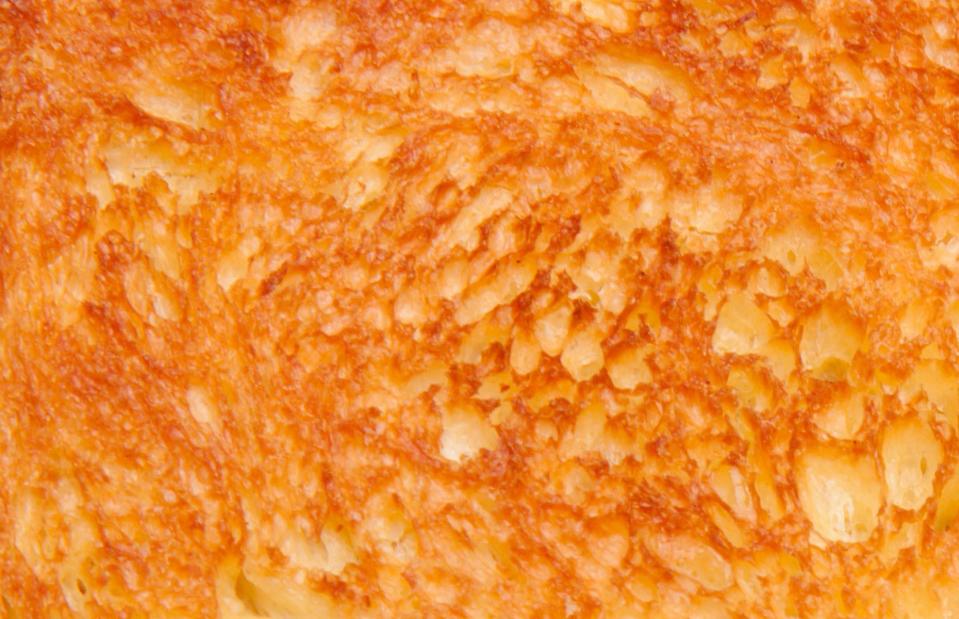
Kozub Vasyl/Shutterstock
Households across the world tuck into this crunchy breakfast staple every morning. Although versions of the dish existed as early as the 19th century, it only properly came into the mainstream in 1925.
Toast
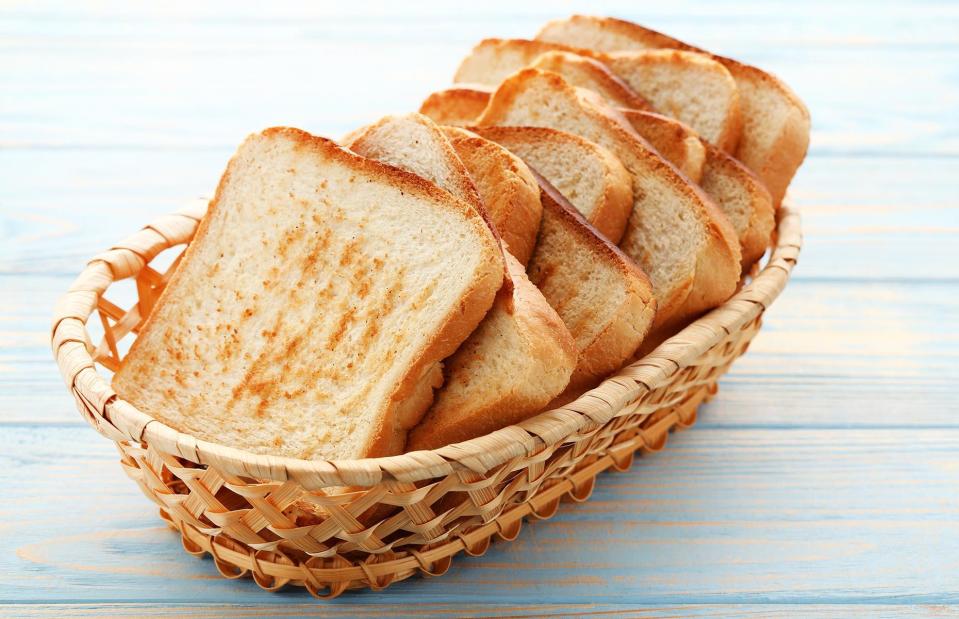
5 second Studio/Shutterstock
What's better than a slice of toast in the morning? Thanks to Alan MacMasters, who invented the first electric toaster in Edinburgh in 1893, and Charles Strite, who patented the first automatic pop-up toaster in 1921, we can toast bread at the touch of a button these days.
This is a close-up of…
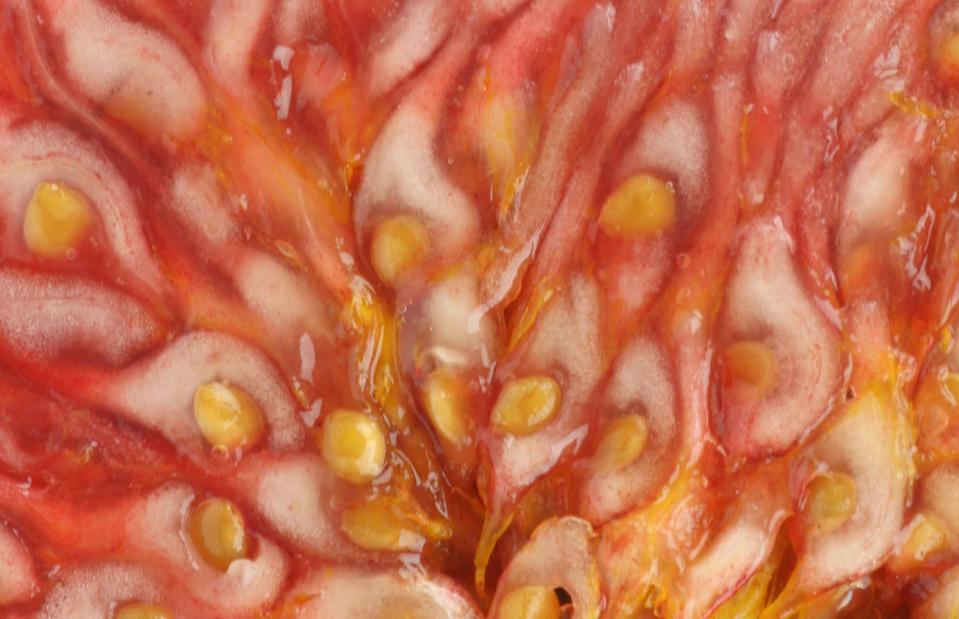
Peter Zijlstra/Shutterstock
The plant that produces this exquisite fruit has been grown since ancient times, and its history can be traced further back than the cultivation of wheat and barley. Both the plant and fruit have great significance in religion, mythology, art and literature.
Fig
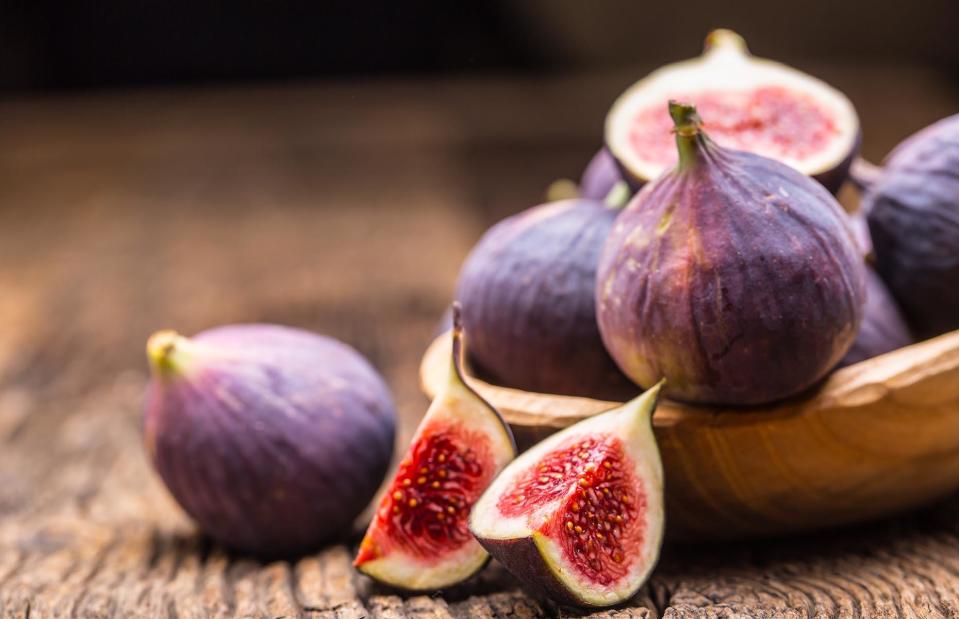
Marian Weyo/Shutterstock
Figs have enjoyed huge popularity going all the way back to ancient Greece and are widely consumed around the world in all kinds of sweet and savoury recipes. There are hundreds of different varieties, ranging in colour from white to purple, and they can be eaten raw, cooked or preserved as jam or chutney. Figs are particularly delicate, and the ripe fruit doesn’t transport well, so they are most commonly sold dried.
This is a close-up of…
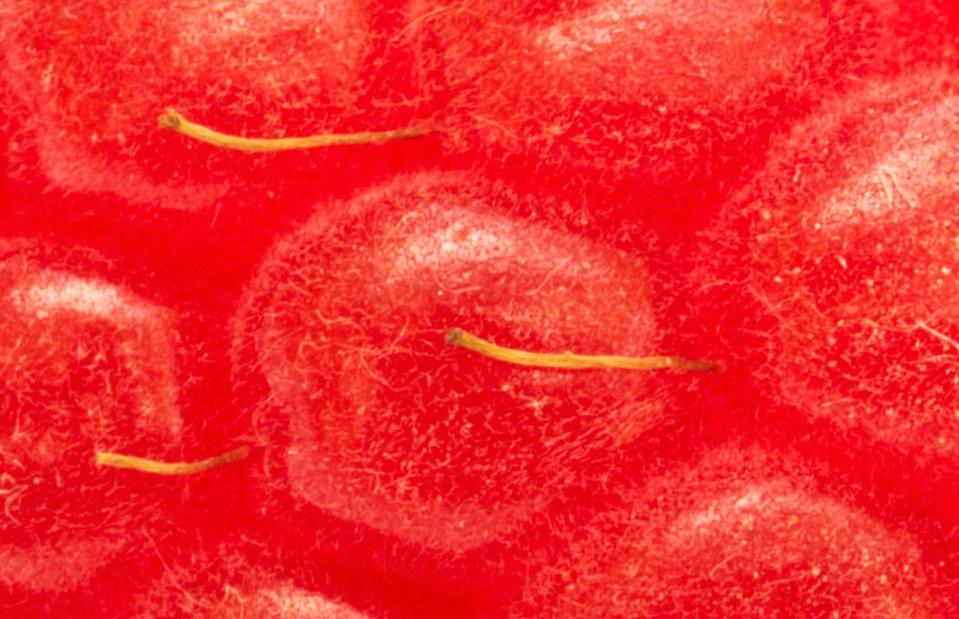
ghenadie/Shutterstock
This is a macro image of the skin of a versatile summer fruit often used to make jams and jellies, as well as in baking and desserts. It's actually part of the rose family, and yellow, blue, black and purple varieties also exist alongside the much more common red version.
Raspberry
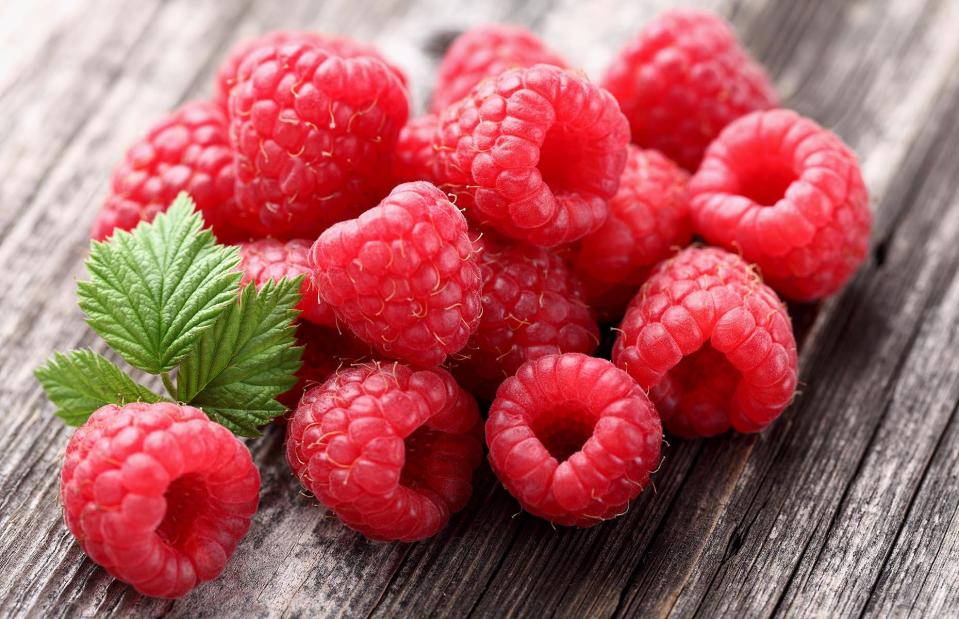
Dionisvera/Shutterstock
One of summer's most popular ingredients, raspberries are delicious in tarts and cheesecakes, paired with chocolate in cakes, or served on their own with cream or ice cream. The leaves of the plant are traditionally used in tea as a remedy in herbal medicine, too.
This is a close-up of…
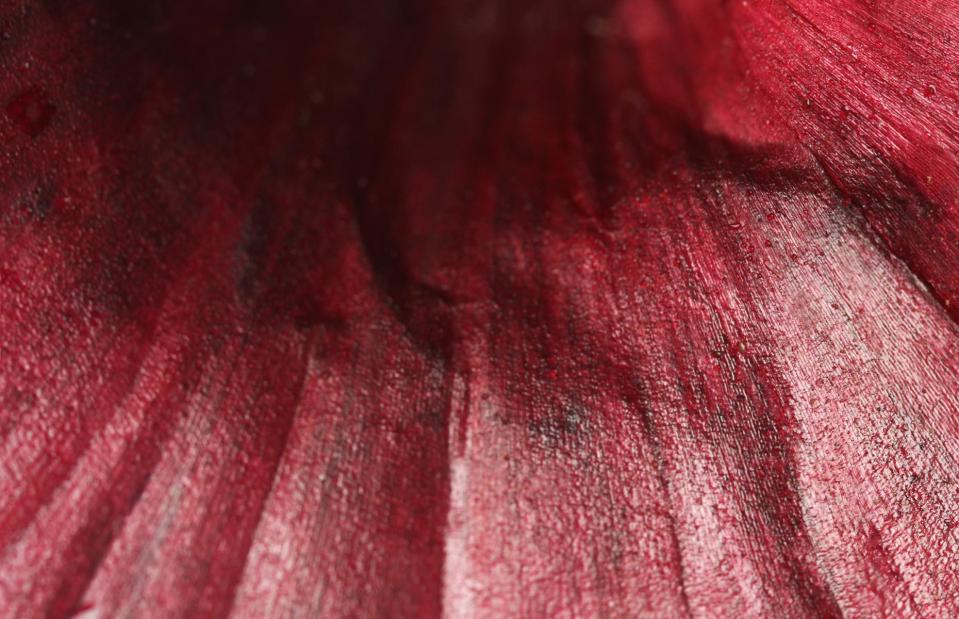
Africa Studio/Shutterstock
Chances are, you’ve probably got a bulb of this cooking staple in your kitchen right now. This macro image shows the purple-red variety of the popular vegetable – it's usually cooked but can be eaten raw or used to make pickles and chutneys.
Red onion
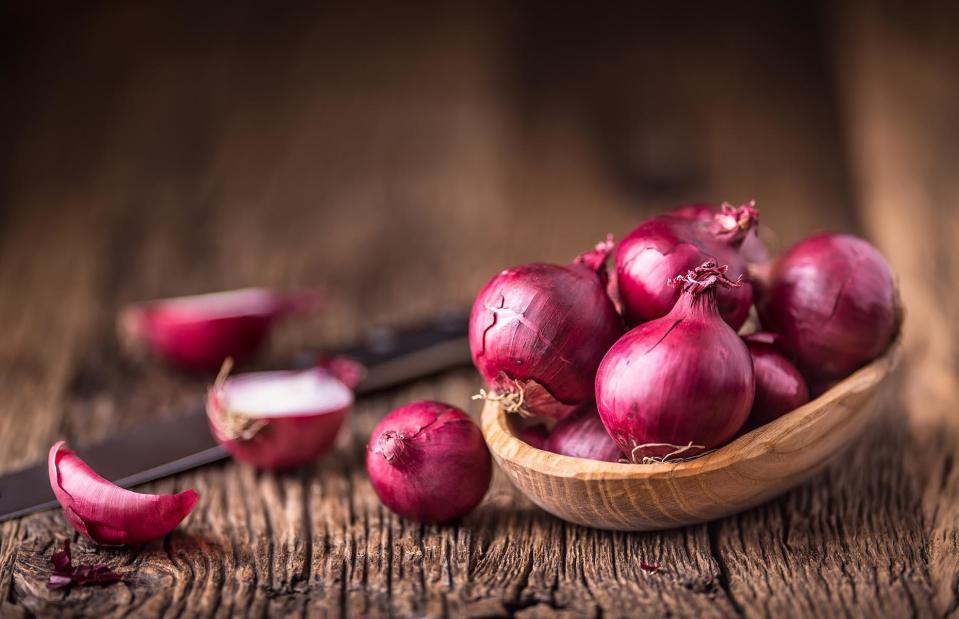
Marian Weyo/Shutterstock
The base ingredient of so many dishes from around the world, these underground bulbs are available in a variety of colours and sizes, and have very different textures and flavours. Red onions, of course, have a very distinct colour. But they're also loved for their subtle, slightly sweet flavour, perfect for salads, pickles and salsas.
This is a close-up of…
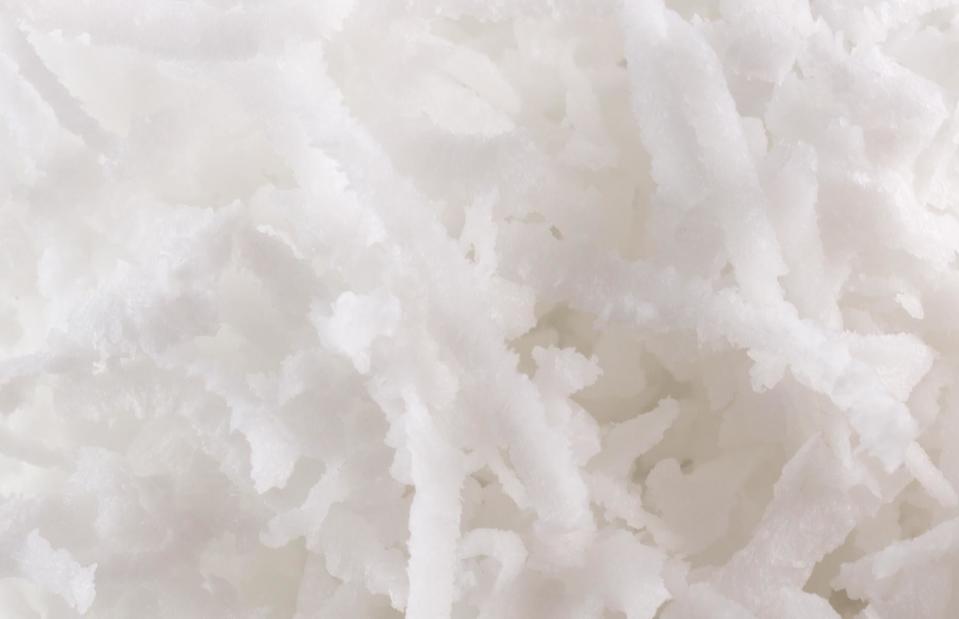
Iurii Kachkovskyi/Shutterstock
This versatile dehydrated food adds tropical flavour to all kinds of sweet and savoury dishes. It’s made from the flesh of a large hairy fruit that's also used for its water, milk and oil.
Desiccated coconut
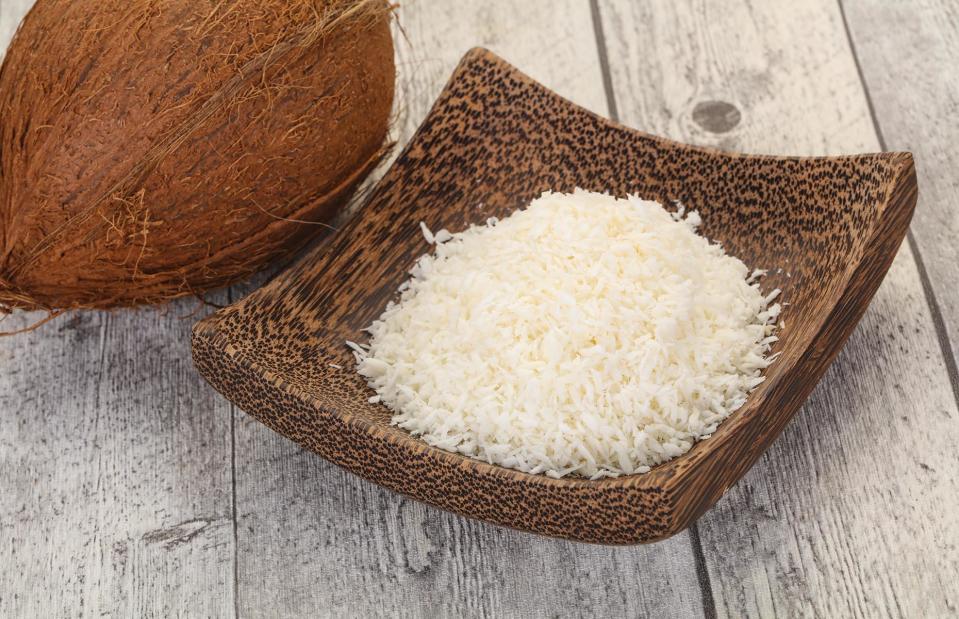
Andrey Starostin/Shutterstock
Made from coconut meat that's shredded and dried, desiccated coconut is an excellent ingredient and is also more affordable and readily available than fresh coconut. Its subtle sweetness and nutty flavour are a great addition to cakes, pastries and a variety of desserts.
This is a close-up of...
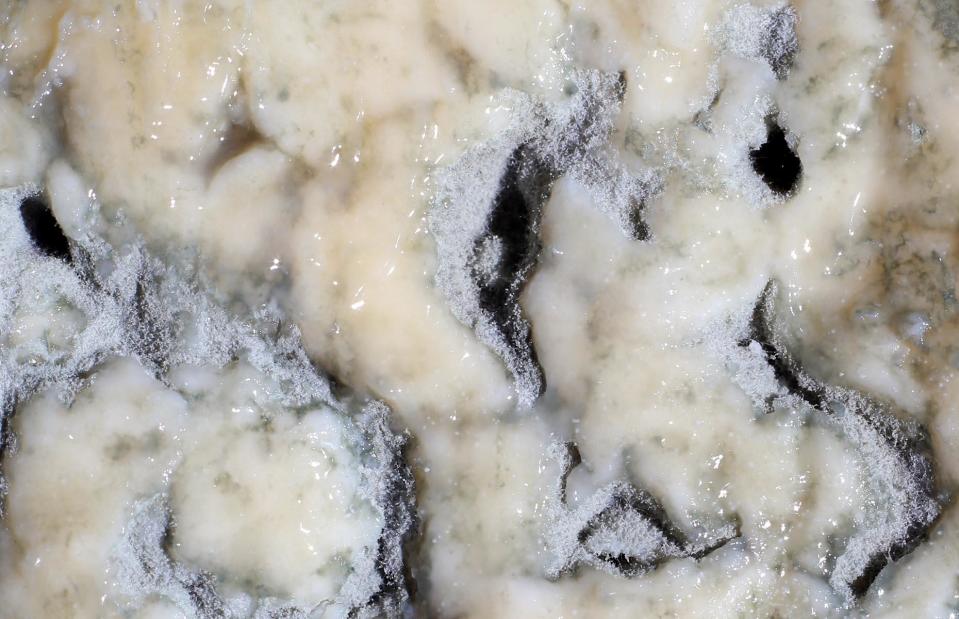
Paul Cowan/Shutterstock
A real love-it-or-hate-it ingredient, this food not only has a very distinct appearance but can also have a very pungent smell.
Blue cheese
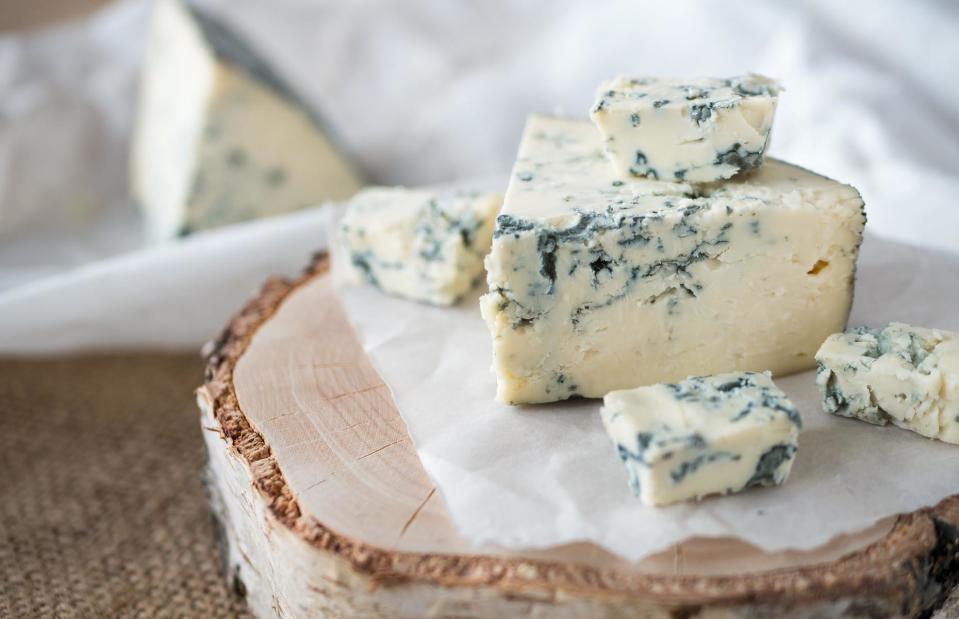
O_Solara/Shutterstock
The term blue cheese encompasses a wide variety of cheeses, running from creamy to crumbly, and can be made using milk from cows, goats and sheep. Popular blue cheeses include Gorgonzola from Italy, Stilton from England and Roquefort from France.
This is a close-up of…

luri/Shutterstock
A favourite of chefs and high-end restaurants, this much-prized ingredient has a very specific flavour and aroma, and is among the most expensive foods in the world.
Black truffle
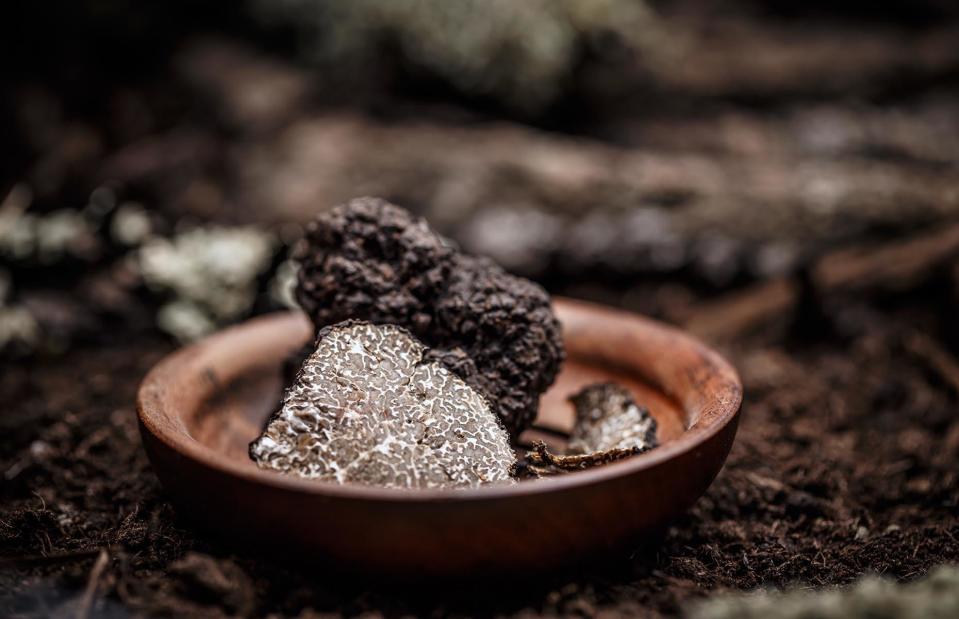
grafvision/Shutterstock
One of the world's most luxurious ingredients, there are hundreds of species of truffles but only a few are edible. The three most popular include winter, summer and Burgundy, and they're most commonly used in Italian dishes shaved over pasta or risotto, or used to infuse oil. The prized ingredient grows underground so truffle hogs (and dogs) are used to locate and extract them. The pigs are trained to hunt truffles by walking on a lead and, thanks to their great sense of smell, they can identify truffles from as deep as three feet (0.9m) underground.
This is a close-up of…
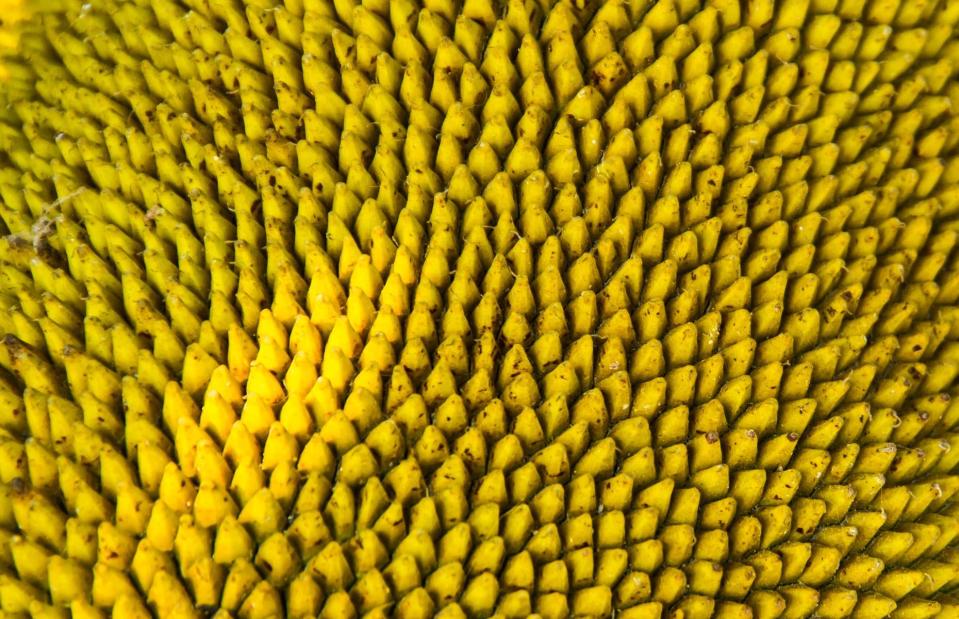
Visun Khankasem/Shutterstock
This huge tree fruit's global popularity has skyrocketed in the recent years. In South and Southeast Asia, however, it's been widely used for centuries.
Jackfruit
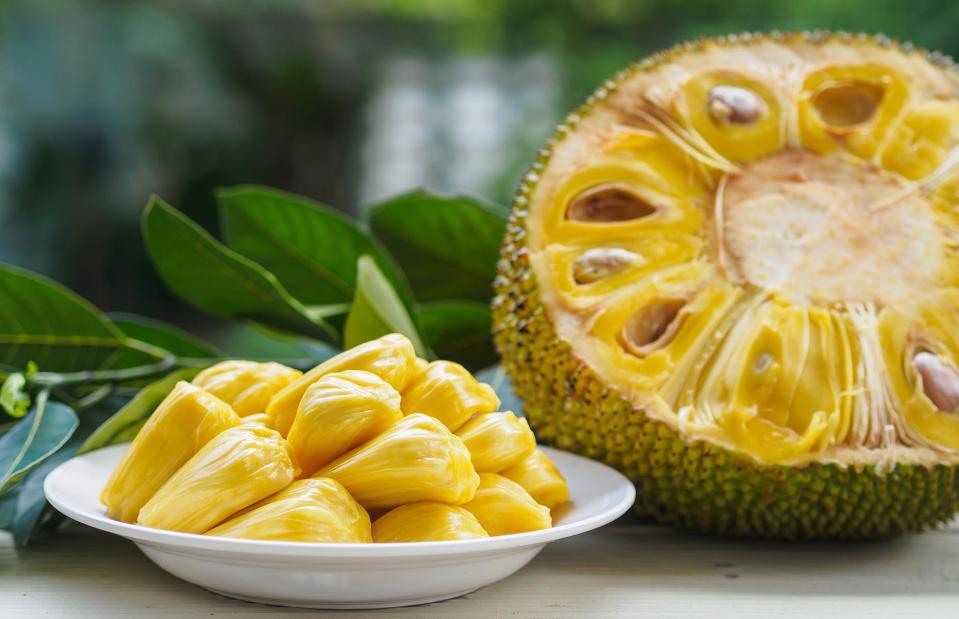
Suriyawut Suriya/Shutterstock
Now a popular meat substitute in vegetarian and vegan dishes around the world, it’s the official fruit of Kerala and Tamil Nadu. It is also the national fruit of Bangladesh and Sri Lanka. In Asia, there are many jackfruit festivals and a strong tradition of giving the fruit, and sweet preparations made from it, as gifts.
This is a close-up of…
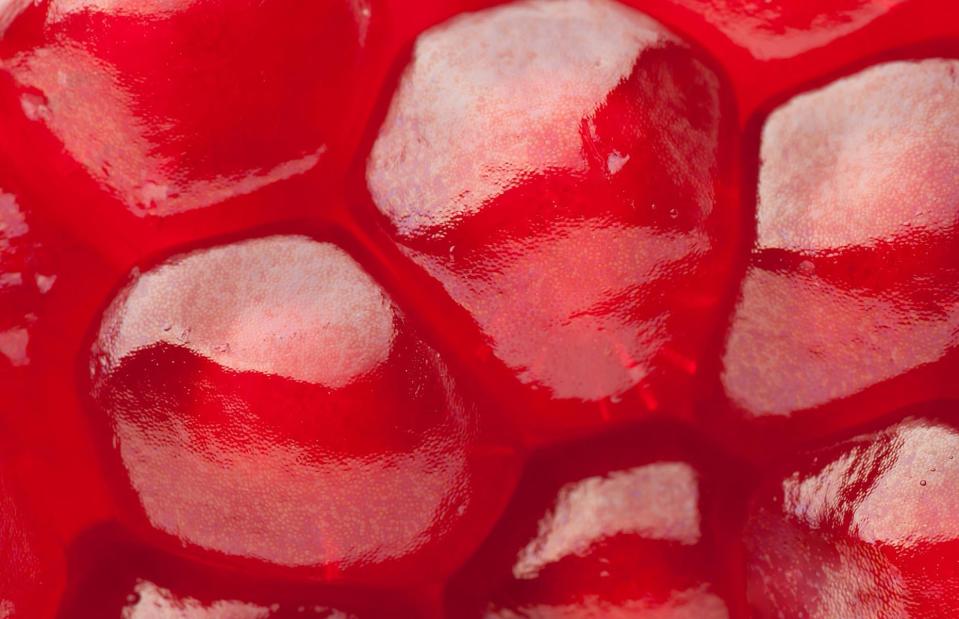
Evgeny Karandaev/Shutterstock
This jewel-like, ruby-coloured fruit is very common in Middle Eastern cooking and is known for its high vitamin C content. The wonderfully sweet and juicy seeds hide inside a hard outer shell – and can be messy to extract.
Pomegranate
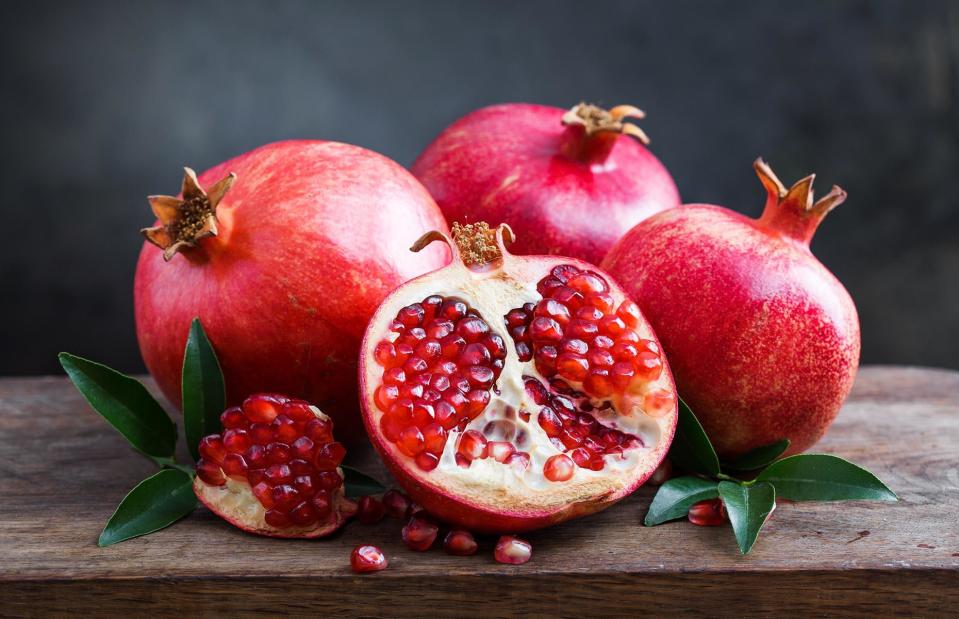
GoncharukMaks/Shutterstock
Native to the region of modern-day Iran and northern India, pomegranate has always been prized for its intense flavour. A generous serving of around 6oz (170g) pomegranate seeds, or arils, contains around a third of your daily recommended vitamin C intake. But there's also a lot of sugar – just under 1oz (28g) – which is responsible for the sweet taste.
Love a bit of food trivia? Check out these unbelievable facts which have been verified by experts
Last updated by Natasha Lovell-Smith.


